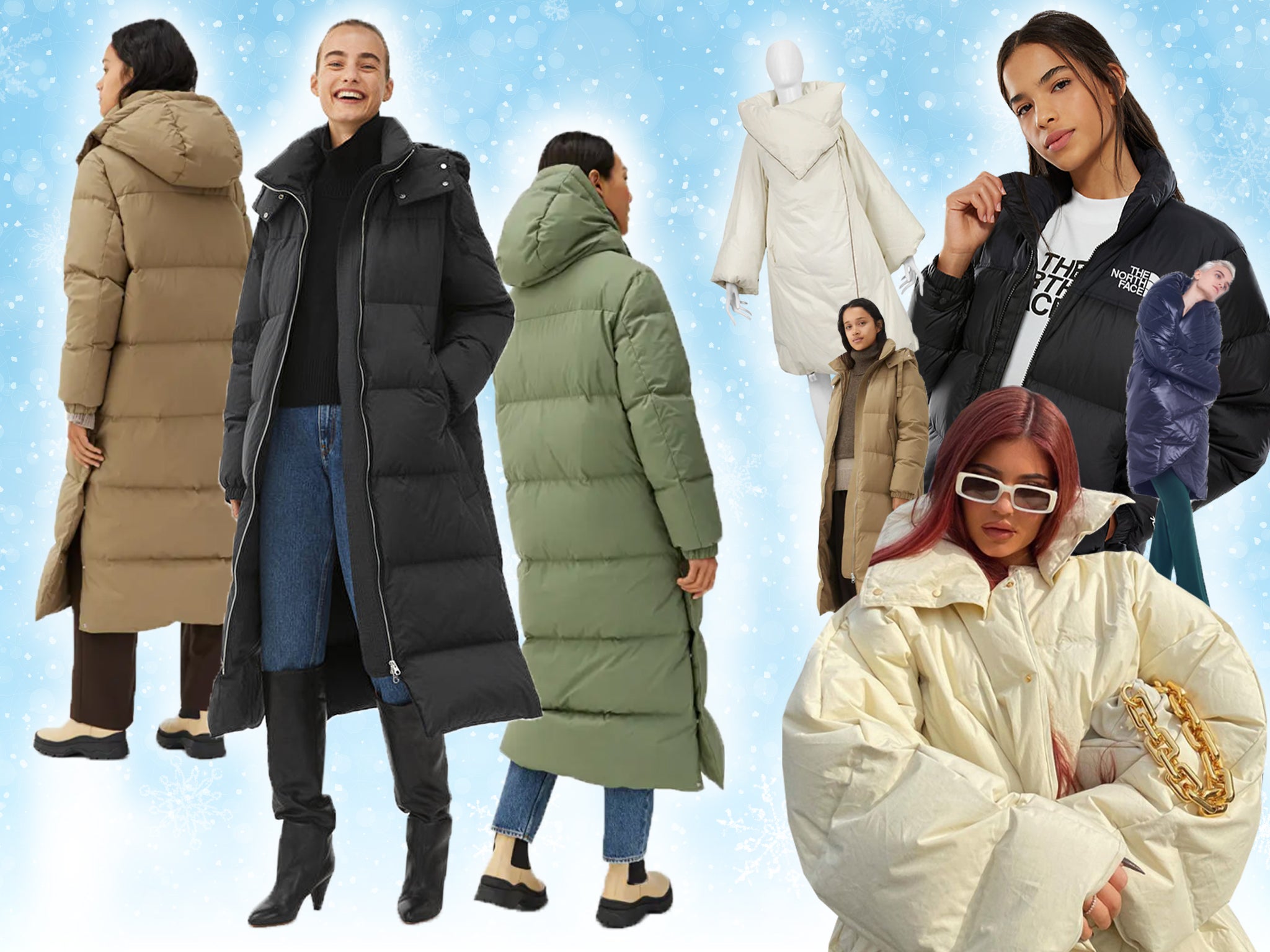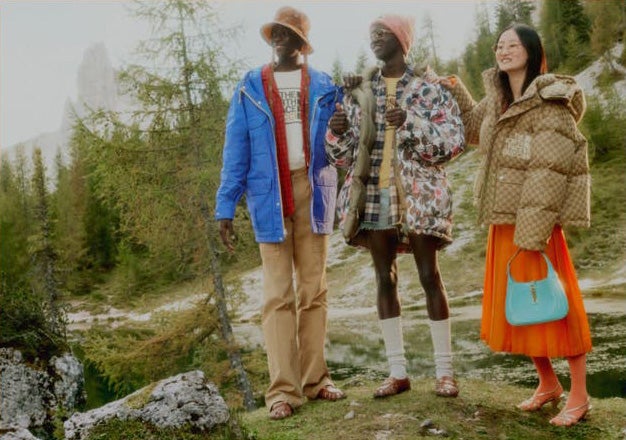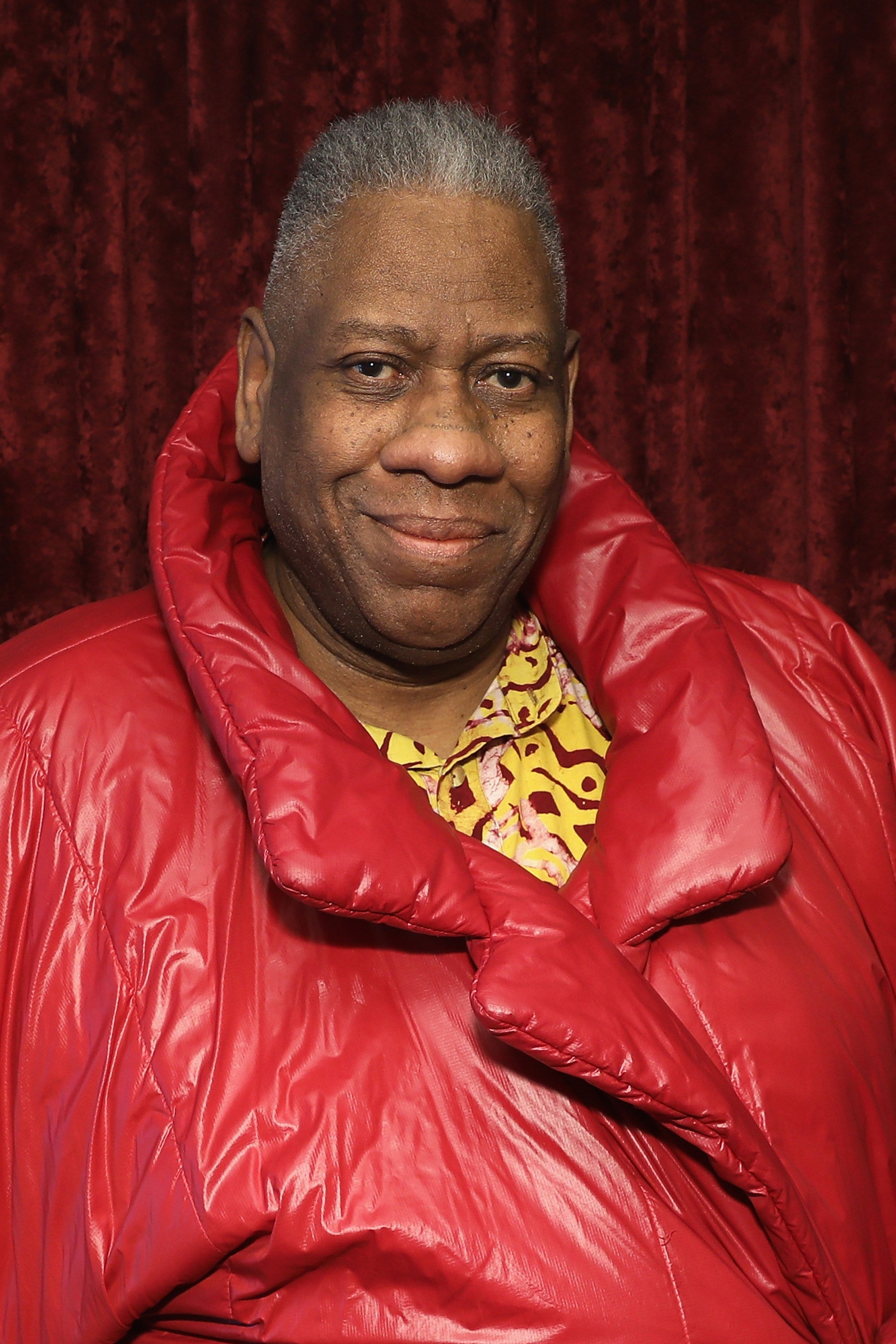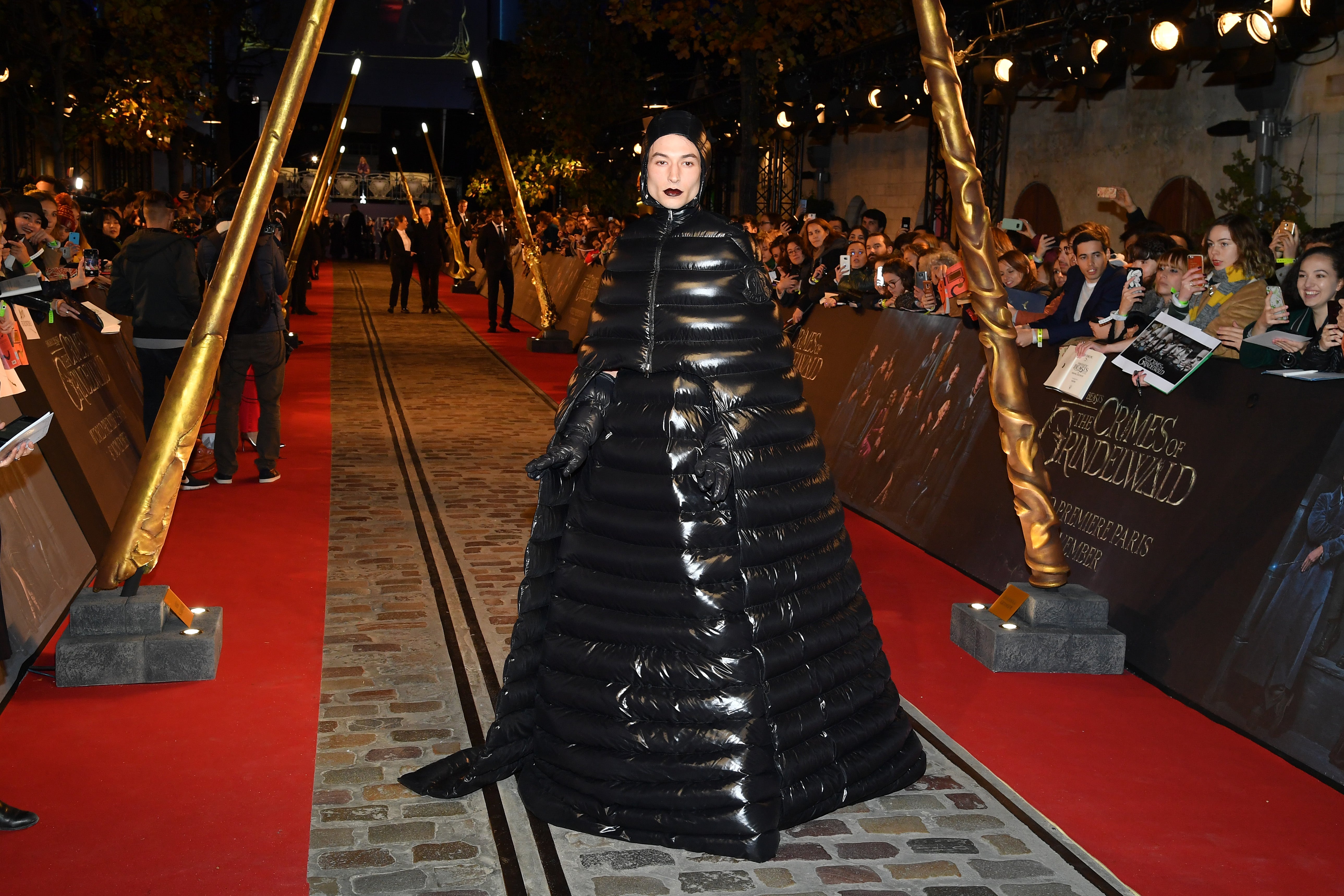The Independent's journalism is supported by our readers. When you purchase through links on our site, we may earn commission.
Duvet or coat? How the puffer jacket won lockdown
Puffer jackets are omnipresent in parks nationwide as people catch-up for their government-mandated walks. But coronavirus isn’t the first crisis to see us zipping into down, writes Harriet Hall


Your support helps us to tell the story
From reproductive rights to climate change to Big Tech, The Independent is on the ground when the story is developing. Whether it's investigating the financials of Elon Musk's pro-Trump PAC or producing our latest documentary, 'The A Word', which shines a light on the American women fighting for reproductive rights, we know how important it is to parse out the facts from the messaging.
At such a critical moment in US history, we need reporters on the ground. Your donation allows us to keep sending journalists to speak to both sides of the story.
The Independent is trusted by Americans across the entire political spectrum. And unlike many other quality news outlets, we choose not to lock Americans out of our reporting and analysis with paywalls. We believe quality journalism should be available to everyone, paid for by those who can afford it.
Your support makes all the difference.Duvets have been masquerading as outerwear since the first winter chill descended upon the pandemic. Staying indoors for obscene stretches of time will inflict this sartorial confusion on a person. Duvet or coat? Coat or duvet? Does the distinction even matter anymore?
I speak of the puffer jacket. In recent years, they have been clawing their way out of the box marked “harried mum on the school run” and artfully dodged the one marked, “I have a house share in Aspen”; straddling the dichotomy of those trend-unaware and trend-obsessed. Now, the plump protector is omnipresent in parks nationwide as people catch-up (for government-mandated exercise, natch), waddling two-by-two like emperor penguins against the winter bite. I counted no less than 16 of the coats on a recent loop around the common.

Puffers in all guises are all anyone wants to wear, but a specific iteration dominates: long, matte black and with wide, vertical quilting and a chunky hood. Like the spotty Zara dress that became so all-pervading it earned its own Instagram account in 2019, the puffer has become the official coat of lockdown.
Its ubiquity on the daily walk makes the puffer’s popularity feel like a novel phenomenon, but it has been bubbling away for some time. The most popular iteration is Arket’s maxi down coat. A cocoon-like silhouette when closed, with a cape-like elegance when unzipped, Arket’s puffer is made from 100 per cent recycled materials and, at £225, is the accessible coat du jour for the climate-conscious generation. The H&M subsidiary first released the coat in 2019 to great success and now sells versions in black, camel and khaki: the trifecta of neutrals.
Arket’s puffer became so popular last winter that it became the only first high-street item to break into the Lyst Index’s top 10 hot items for Q42019. The online shopping platform combines sales figures, social media engagement and Google data once per quarter to determine the items that have most captured our fashion consciousness and the Arket number was a clear success story.
A year on, Lyst has revealed its latest fashion review and, to the surprise of precisely no one, among the people’s favourite items were pyjamas, slippers and – there it was – a puffer coat, sitting plum on top. But this quarter’s puffer was not from a fashion brand. The North Face’s 1996 Retro Nuptse jacket (£250) topped the hotlists for both men and women. The outdoor retailer has been enjoying a moment in the spotlight thanks to Gen-Z endorsement and our enforced alfresco socialisation. Elsewhere in the report, Lyst revealed that searches for puffer jackets increased 174 per cent in the last quarter of 2020 and that another puffer advocate Moncler was the fastest-rising fashion brand.
This isn’t the puffer coat’s first rodeo. Outdoorsman Eddie Bauer designed the first in 1936 after catching hypothermia while out fishing in Washington state. Hot on his tails, couturier Charles James transformed the concept into elegant evening wear with his 1937 silk version constructed like an eiderdown quilt.

In 1973, New York designer Norma Kamali sent puffer interest skyrocketing after a similar open-air predicament. One night, while on a camping trip, Kamali wrapped her sleeping bag around herself to pop for a midnight loo break as a brace against the cold. Realising the tubular bedding would make an excellent coat, Kamali took a pair of scissors to hers when she got home and launched her Sleeping Bag Coat later that year. The Sleeping Bag Coat continues to sell today with Vogue alumnus Andre Leon Talley among its many fans.
They’re bulky, which helps with social distancing in a non-aggressive way.”
The 1990s saw Tommy Hilfiger introduce his hip-hop inspired puffers and in 1999 Martin Margiela took Kamali’s design to extremis when he collaborated with a bedding brand for a coat made from 100 per cent down-filled duvet.
As with most recent streetwear trends, the puffer’s latest revival can largely be attributed to Demna Gvasalia. The Balenciaga creative director drove the fashion set wild with his AW16 collection. Models wore the red oversize jackets zipped up and off shoulder, leading to a good six months of influencers emulating the styling technique to ludicrous effect.
As lockdown ensured that walking became the number one leisure pursuit up and down the country, a robust outdoor coat became an essential purchase. Rain proof, sporty enough to pair with trainers and leggings and light enough to be worn for brisk walks to the local Tesco, the puffer is an undeniably practical piece of outerwear. Of course, a trend explosion such as this is always more than essential. Most of us owned winter coats before the pandemic.

Dressing like the Michelin Man has its advantages. “They take up space,” Dr Carolyn Mair, behavioural psychologist and author of The Psychology of Fashion, tells me. “If you have a puffer jacket on people can’t get close to you because they’re bulky, which helps with social distancing in a non-aggressive way.”
The garment’s cosiness is also a deciding factor, says Dr Mair. “Rather than wearing a wool coat with a belt or something fitted, a puffer fits around you in a much more soft, gentle way.” Soft, snuggly and unpretentious, puffers are the outdoor equivalent of loungewear, our snug protectors.
We’ve seen this outreach for material coddling in our other lockdown purchases: the revival of the previously relegated Ugg boot, searches for which were up 242 per cent YoY in 2020; of scented candles, which many retailers reported selling like hot cakes in 2020, and tracksuits which were wholeheartedly embraced across the board.
The puffer could be seen as a sort of post-traumatic stress reaction
Dawn Karen, fashion psychologist and author of Dress Your Best Life, sees the puffer’s ascent as a physical reaction to the trauma of the pandemic; a desperate attempt to protect ourselves from the invisible. “We didn’t have anything to prepare us for this. The puffer could be seen as a sort of post-traumatic stress reaction. We need to feel safe again so we’re cocooning ourselves from the elements as well as the virus.”
The lightness of the coat, Dr Dawn Karen says, also means we don’t find ourselves further weighed down, as we are by the news of mounting death tolls, political unrest and economic uncertainty. And with every other person in the park choosing to wear one, there’s a certain camaraderie to be found. “When we’re separated from family, wearing the puffer allows you to feel accepted as part of a group.”

There’s precedent in humans finding comfort in clothes during times of great trauma. Coronavirus isn’t the first crisis to see us zipping into down. In October 2001, a month after the attack on the Twin Towers, sales of Kamali’s Sleeping Bag Coat spiked. The New York Post ran an article with the headline, “Security’s in the Bag – Norma Kamali’s super-warm sleeping bag coats are hotter than ever after the WTC disaster.” The designer likened the coat to a sartorial mashed potato, telling the publication at the time, “It’s like comfort food.”
As big businesses shutter with increasing frequency, unemployment figures stack up and – in the UK – we inch ever closer to the April endpoint of the furlough scheme, it may also be prescient that we have chosen to covet the most democratic of coats. The pre-pandemic revival of logomania has tailed off and been replaced by era-appropriate discretion. The puffer is a rare example of an item that cannot be vastly improved upon by high-end designers or luxury fabric; it has virtually the same outcome at every price point, accessible, cosy and comforting for all.

Join our commenting forum
Join thought-provoking conversations, follow other Independent readers and see their replies
Comments